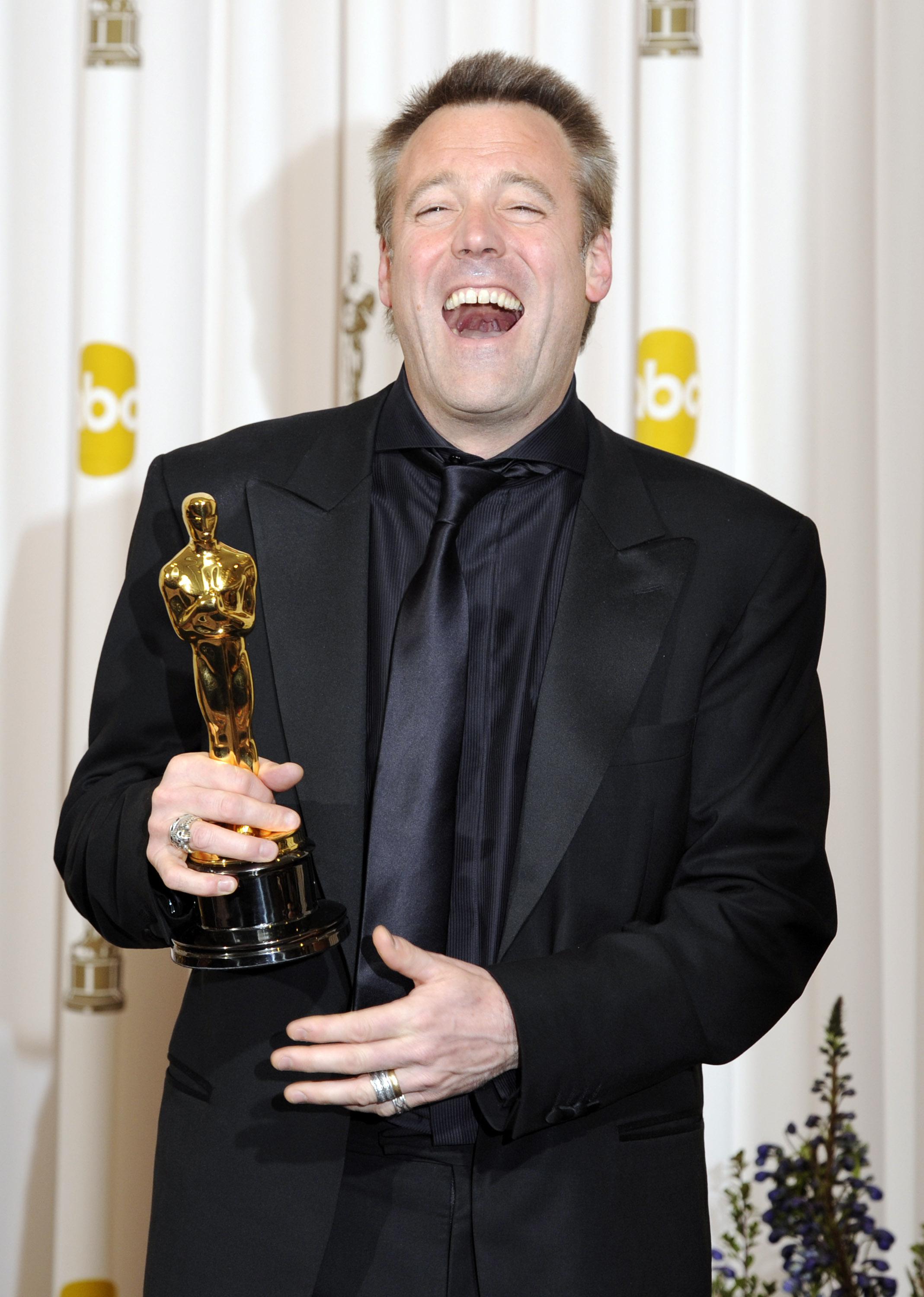
Wally Pfister is best known as a Cinematographer. Scroll below to learn details information about Wally Pfister's salary, estimated earning, lifestyle, and Income reports. Wally used lanterns and natural light to illuminate most scenes, and every magic trick was done in-camera, with no special effects.Discover Wally Pfister Net Worth, Salary, Biography, Height, Dating, Wiki. Again, Nolan wanted The Prestige to look natural and loose, with much of the film hand-held, even when Wally was on a crane. Very little of Batman Begins used computer generated visual effects- Chris Nolan prefers to do all effects in-camera when possible and used models and miniatures, as in the train derailment sequence.įor The Prestige, the production crew scouted locations in Los Angeles, and found old theaters and the Universal backlot to make it seem like Europe at the turn of the century.
#WALLY PFISTER MOVIE#
Wally kept the movie dark and rough, rather than glossy and stylized in contrast to the previous Batman movies. Even though Batman is a superhero/comic book movie, Nolan still wanted to take a gritty and naturalistic approach- he never wanted the cinematography to get in the way. The next project Christopher Nolan and Wally collaborated on was a huge Hollywood movie: Batman Begins, which relaunched the Batman franchise after nearly ten years. Wally used key lighting in certain scenes to enhance the performance of Pacino, whose detective character is quite literally hiding from the light, as his guilt and exhaustion spirals down into madness. Insomnia uses light rather than darkness as a way to build tension- it takes place in midsummer Alaska, when the sun never sets. This time, Wally had the budget, the time and the ability to make a great movie. Insomnia was a big jump for Wally and Christopher Nolan into a bigger budget movie, especially with stars such as Al Pacino and Robin Williams attached. Wally and Chris Nolan both preferred taking a naturalistic approach to lighting and camerawork, and Wally's experience of working fast enabled them to shoot in just 25 days. Nolan had purposefully scripted it so that the color sequences shown in the film are in reverse order while the black and white scenes are chronological. Memento blends black and white with color cinematography, to show the main character's broken memory as he tries to piece together who killed his wife. Director Christopher Nolan saw the film, and approached Wally to shoot Memento.

Wally loved the independent films of the 1990's, and was happy to work as director of photography for The Hi-Line, a well-received indie feature that won awards at several film festivals. Those opportunities came once Phedon Papamichael brought him on as a camera operator for Phenomenon and While You Were Sleeping.


Even with his prestigious degree from AFI, Wally knew it didn't make him a filmmaker- he still needed to learn and hone his craft before moving on to bigger projects. Wally would leave the studio literally splattered in fake blood, but he knew low-budget filmmaking work was essential for having the freedom to learn lighting and shooting while on the job. Together they began working for Roger Corman's Concorde/New Horizons production company based in Venice, CA, cranking out as many as twelve B-movies per year. He attended American Film Institute, where he met fellow filmmakers Janusz Kaminski and Phedon Papamichael. The son of an ABC news journalist, Wally got his start as a news production assistant in Los Angeles, and he worked his way up to become a news cameraman. Wally Pfister grew up loving movies, and couldn't wait to become a filmmaker. The Cinematography Podcast Episode 101: Wally Pfister, Part 1


 0 kommentar(er)
0 kommentar(er)
